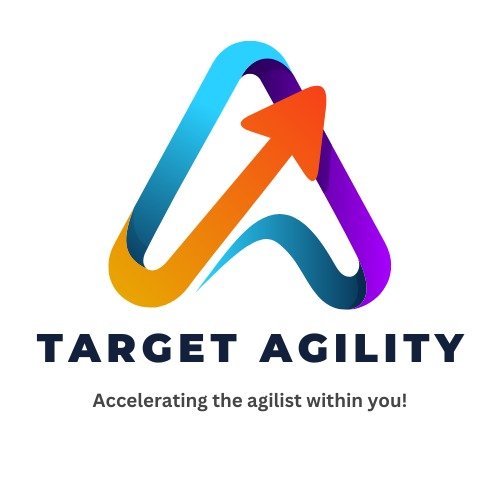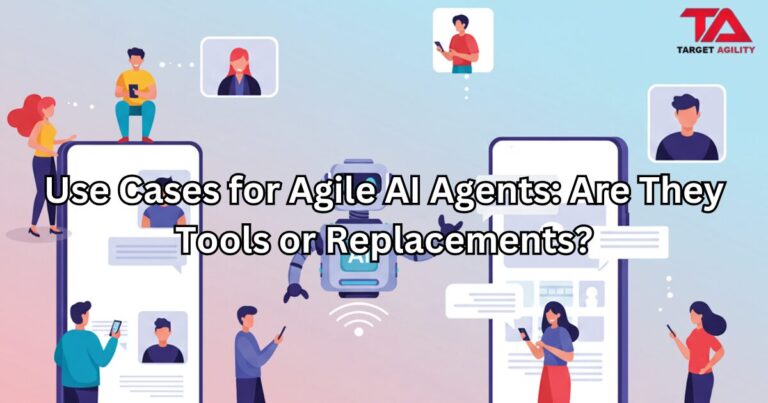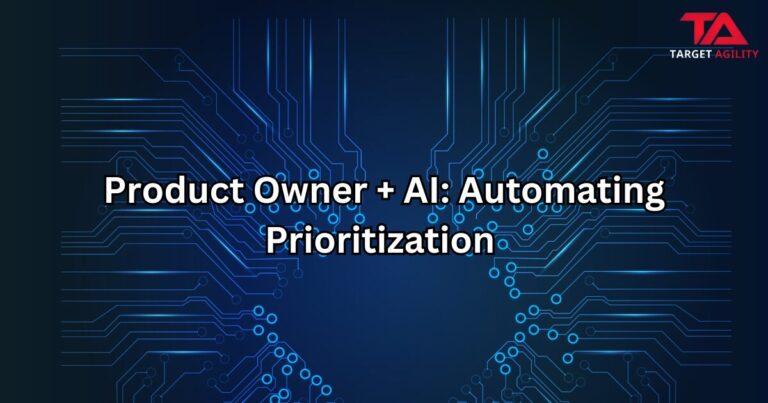AI agents are the new buzz in Agile. They can write backlog items, check sprint metrics, and even suggest improvements. Sounds powerful, right? But here’s the big question: are these agents just helpful tools, or are we pretending they can replace real team members?
What Are Agile AI Agents?
Unlike normal chatbots, AI agents don’t just answer questions. They can take actions, connect to tools, and automate tasks. In Agile teams, they’re being used to:
- Turn feature ideas into backlog items
- Analyze sprint data and show trends
- Find duplicate tickets or missing details
- Suggest patterns in retrospective feedback
At first glance, it feels like Scrum Masters and Product Owners just got an upgrade. But the truth is, AI agents are useful in some areas—and risky in others.
Where AI Agents Help
1. Tidying Up the Backlog
AI can suggest clearer acceptance criteria, spot duplicates, and group related stories. This saves Product Owners time.
But— only humans know the customer’s real problems and company goals. AI doesn’t have that context.
2. Looking at Sprint Data
AI is good at flagging numbers: slowing velocity, recurring spillover, or missed goals. It’s like having an extra analyst.
But— numbers don’t explain why. AI doesn’t know about sick days, broken builds, or last-minute requests.
3. Retrospective Insights
AI can scan surveys and say things like, “Collaboration came up in 40% of responses.” That’s useful as a starting point.
But— retros are about people being honest and owning problems. AI can’t replace that conversation.
4. Knowledge Sharing
AI can summarize past sprints, pull links to related tickets, or give new teammates quick background. Handy for onboarding.
But— summaries leave out nuance. They’re shortcuts, not replacements for real experience.
Where AI Becomes Dangerous
- Letting AI set sprint goals. Goals require strategy and stakeholder alignment—things AI doesn’t understand.
- AI prioritizing backlog items. Value is about customer needs, not data frequency.
- Calling AI a “team member.” Scrum Teams are made of people. AI can’t collaborate or take responsibility.
The risk? Teams hide behind AI decisions. When results go bad, no one is accountable. That kills Agile.
Tools, Not Replacements
Here’s the blunt truth: Agile AI agents are tools—nothing else. They’re great for grunt work like cleanup, summaries, or data crunching. But they can’t replace human vision, judgment, or responsibility.
Scrum Masters, Product Owners, and developers aren’t going anywhere. If you think AI can take their role, you’ve misunderstood both Scrum and AI.
How to Use AI Agents the Right Way
- Prep, don’t decide. Let AI draft or group work, but humans make the final calls.
- Challenge the output. Treat AI like a junior intern: helpful, but needs review.
- Keep responsibility human. The Scrum Team owns results—AI doesn’t.
- Be transparent. Use AI openly, but don’t act like it’s a substitute for people.
Final Word
AI agents can save time and reduce busywork. But they’re not teammates. Agile depends on trust, discussion, and adaptability—things AI simply doesn’t have.
So yes, use AI agents. Let them do the boring stuff. But keep the important thinking, decisions, and accountability where they belong: with humans. Tools, not replacements. Always.












